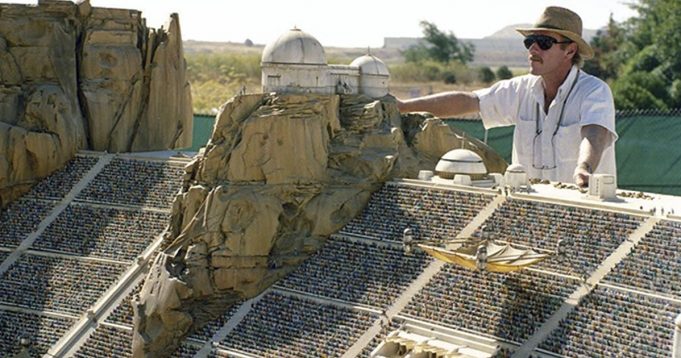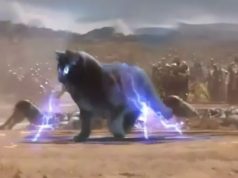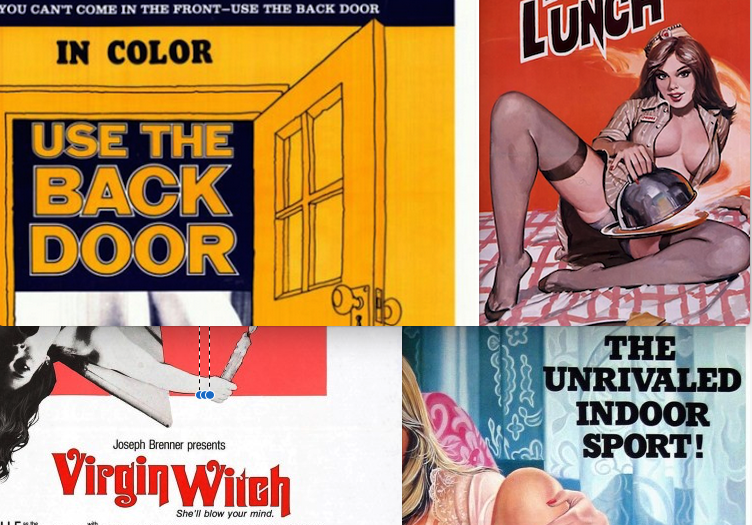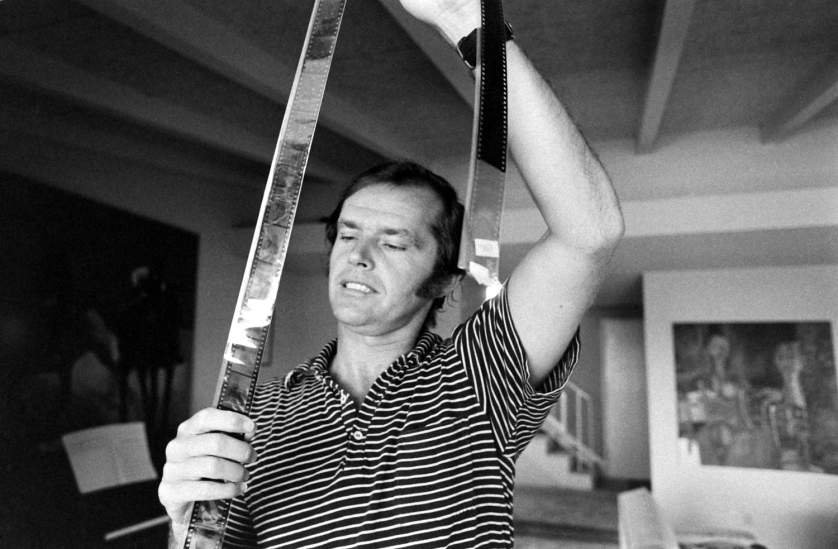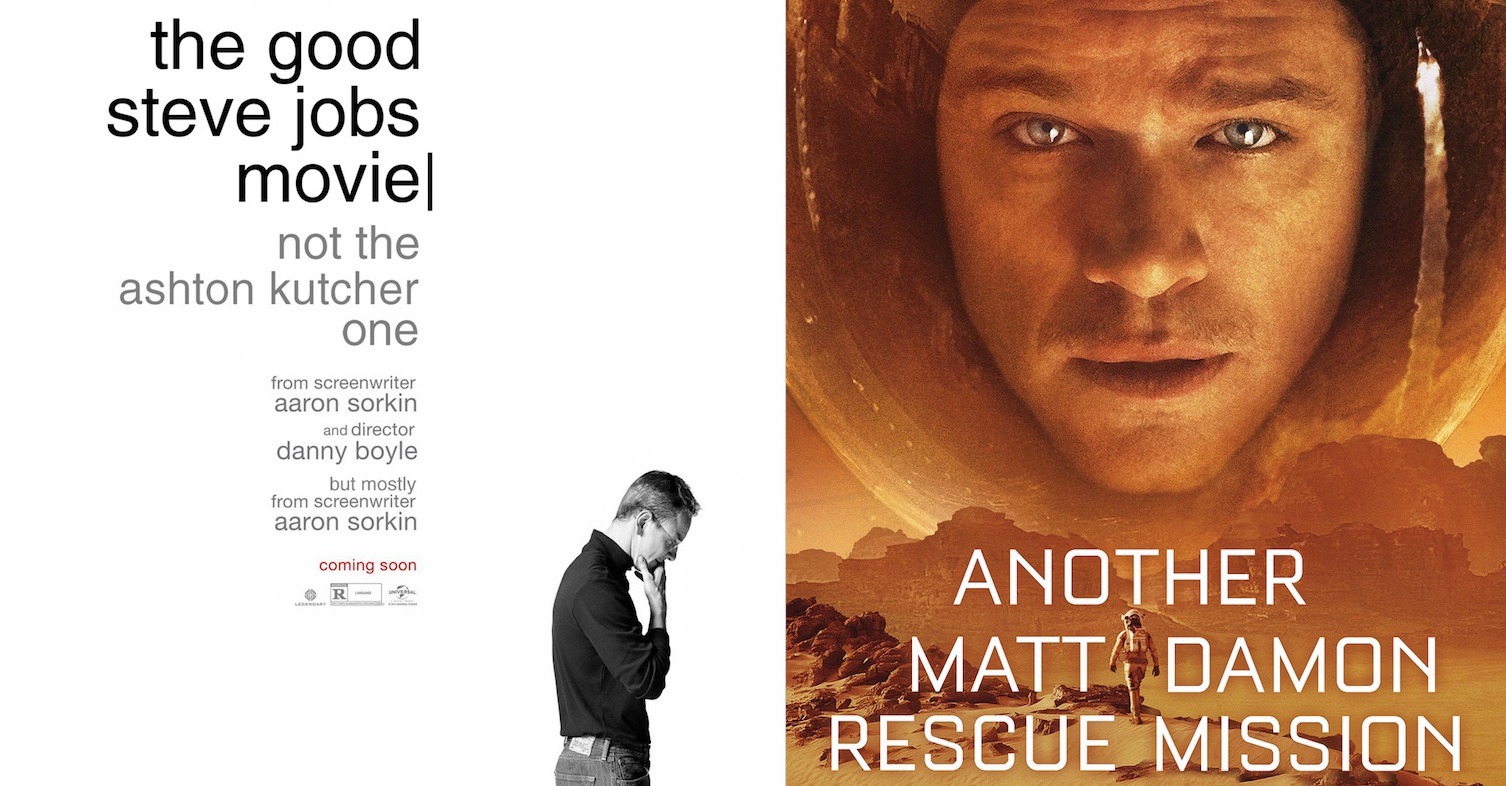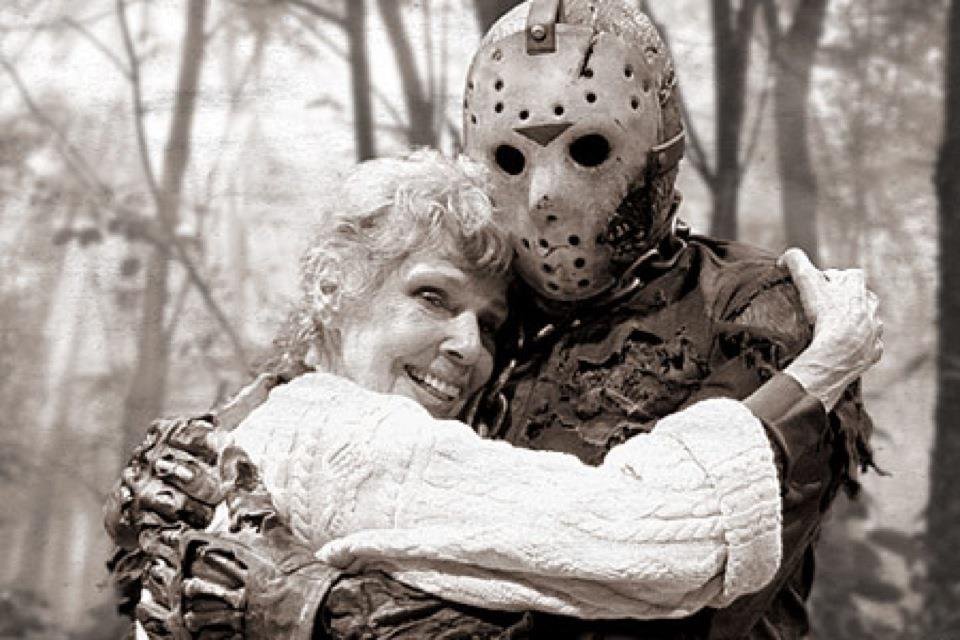Practical effects are the special effects we see in movies and TV-shows, which are produced without post production techniques and of course without computer-generated imagery.
Many common elements in movies are created using practical effect techniques. For instance rain, wind, explosions, gunfire, creatures created with prosthetics and make up. The list goes on and on.
We see it less and less nowadays. In today’s world, what we see on our screens is special effects. And while it is mind boggling and of itself, it simply can never compensate for the allure, practical effects have.
This comparison is not really a question about what can be achieved by practical effects and what can be achieved by special effects. More about the charm, perhaps the old movie appeal that practical effects present.
Here is the first part of a rather long list, showcasing how some of our favorite scenes, using practical effects were made. From Steven Spielberg’s animatronic shark for Jaws, to incredible models made for the Star Wars films, and from the plane scene in the second installment in the Indiana Jones franchise to the submarine used in The Hunt for Red October.
Model maker Michael Lynch cut 450,000 Q-tips, painted them and inserted them into a mesh to fill the stands. To make it seem like the crowd was moving, the crew placed fans underneath.
The actual shooting of the iconic opening credits of the movie.
Setting up the set with models.
To make it seem like the pen was floating, Stanley Kubrick instructed the crew to glue it to a large sheet of glass, which was then rotated around to give the impression of free-floating.
In the scene where Neo is reaching for a doorknob, there was no proper way to hide the camera so the director of photography disguised it with a coat and tie matching the ones Morpheus is wearing.
The effects crew working on creating the auto-adjusting and auto-drying jacket effect.
A prop used for close ups of the ring.
Adam Savage (yes, the same famous Mythbuster) worked as a model maker on both Star Wars episode I and II.
Steven Spielberg in the jaws of Bruce, the animatronic shark designed for the movie.
A giant robotic bee that was used to film the bee ride scene. In the post-production of the movie, some digital effects were also added.
Steven Spielberg with a camera that’s covered in a white cloth with two holes in it. It was used to get the point of view shots for E.T.
The illusion that the laser was cutting through the table in the famous Goldfinger scene, was actually… not an illusion. The nervous look on Sean Connery’s face, we assume, must’ve also been real. To film it, a special effects man was under the table with an acetylene torch cutting through it from beneath.
In order to film the “Helping Hands” scene, the creators made over 100 pairs of latex hands.
John Travolta insert torso used for skin removal scene.
The highest grossing movie of 1996 used a mixture of models and CGI for the effects shots. Around 80% of effects were models (like the large-scale model below) while the other 20% were created digitally.
The life size T-Rex animatronic on the set.
Stanley Kubrick shooting the famous hotel’s maze.
George Lucas and the fully operational Death Star.
The ’80s action flick features a scene in which police officers are looking at a digital map of the city. At the time, technology was not advanced enough to create the actual digital graphics so a real-life model was built instead.
For better traction in the scenes where the feet weren’t visible, the Pumpkinhead actor wore his Nikes. Unfortunately, the crew left a shot in the movie with a clear view of said sneakers.

